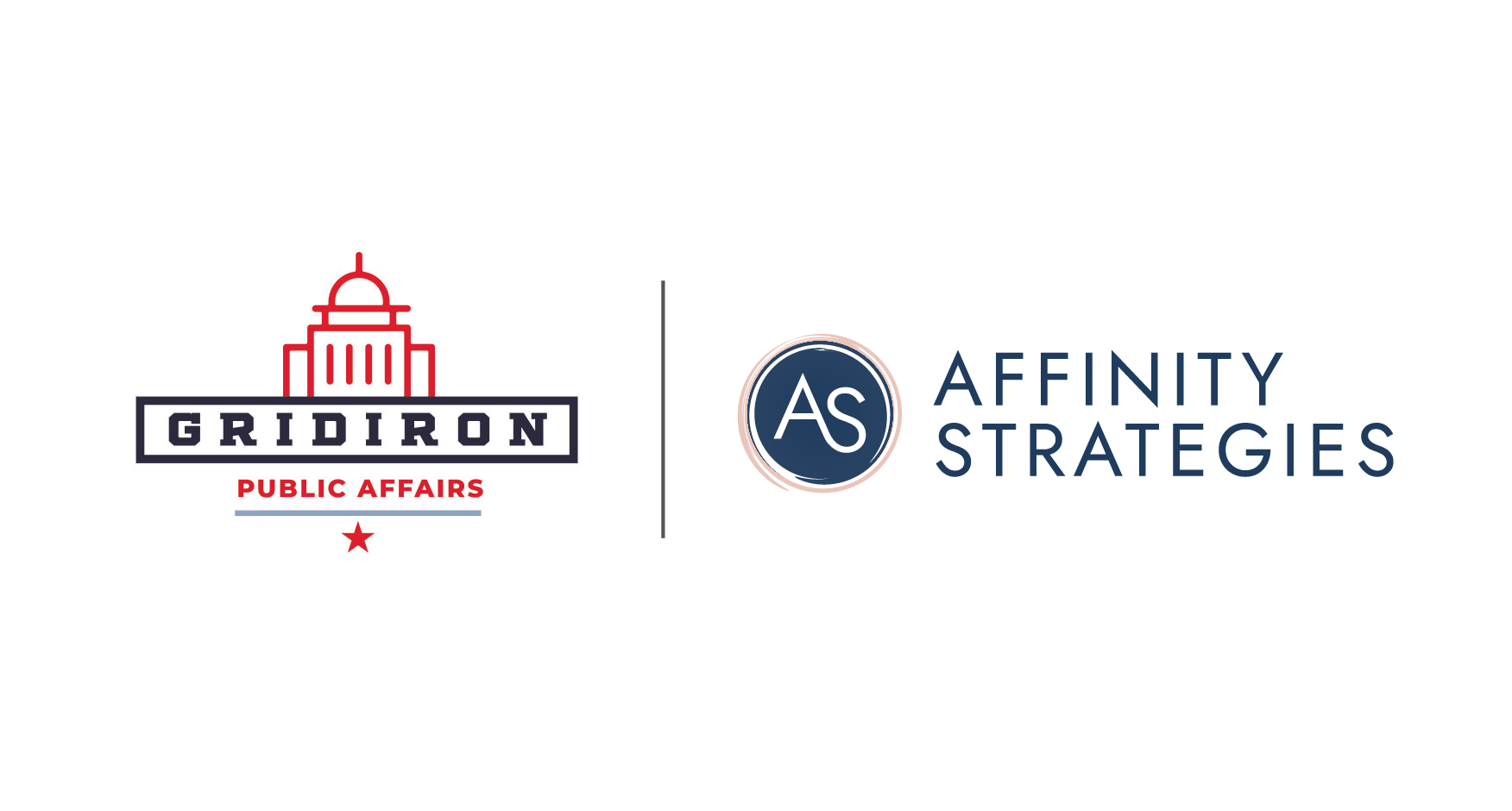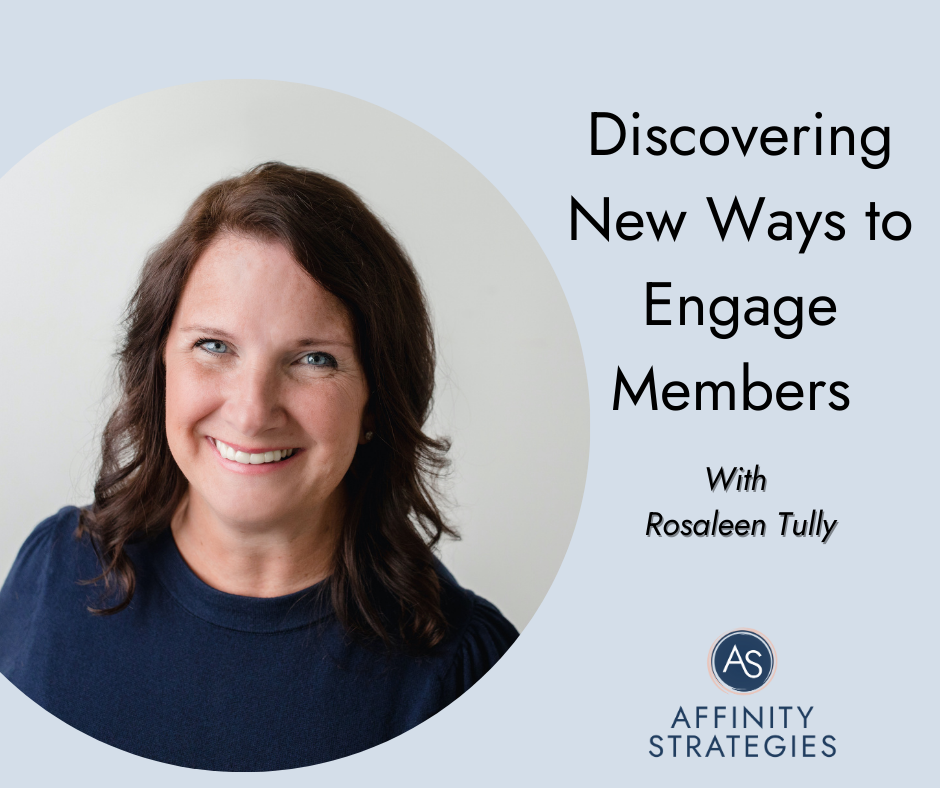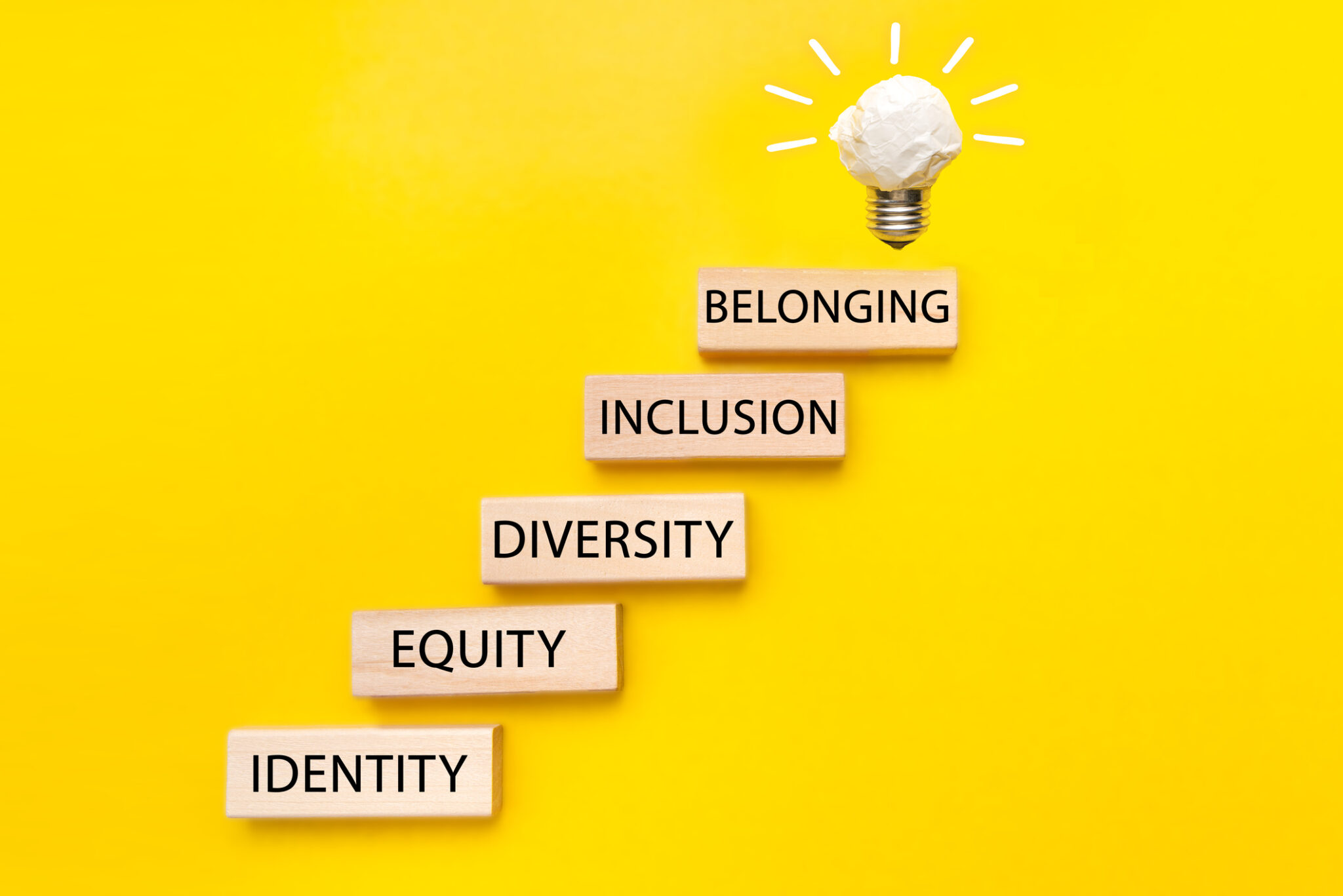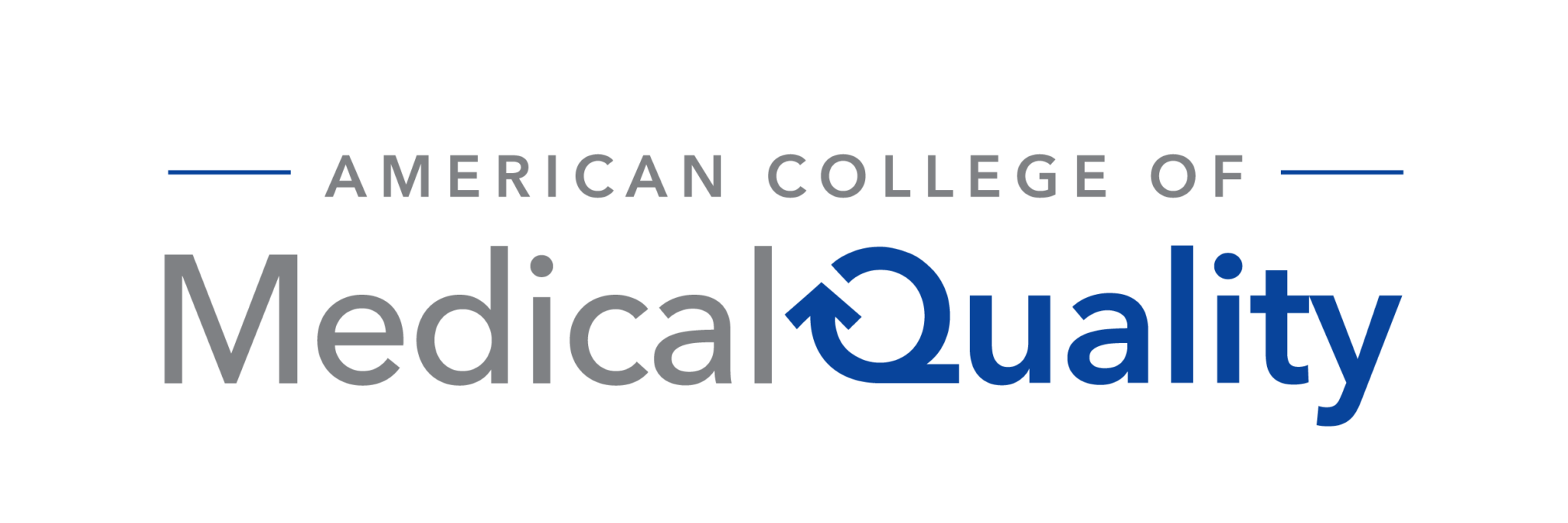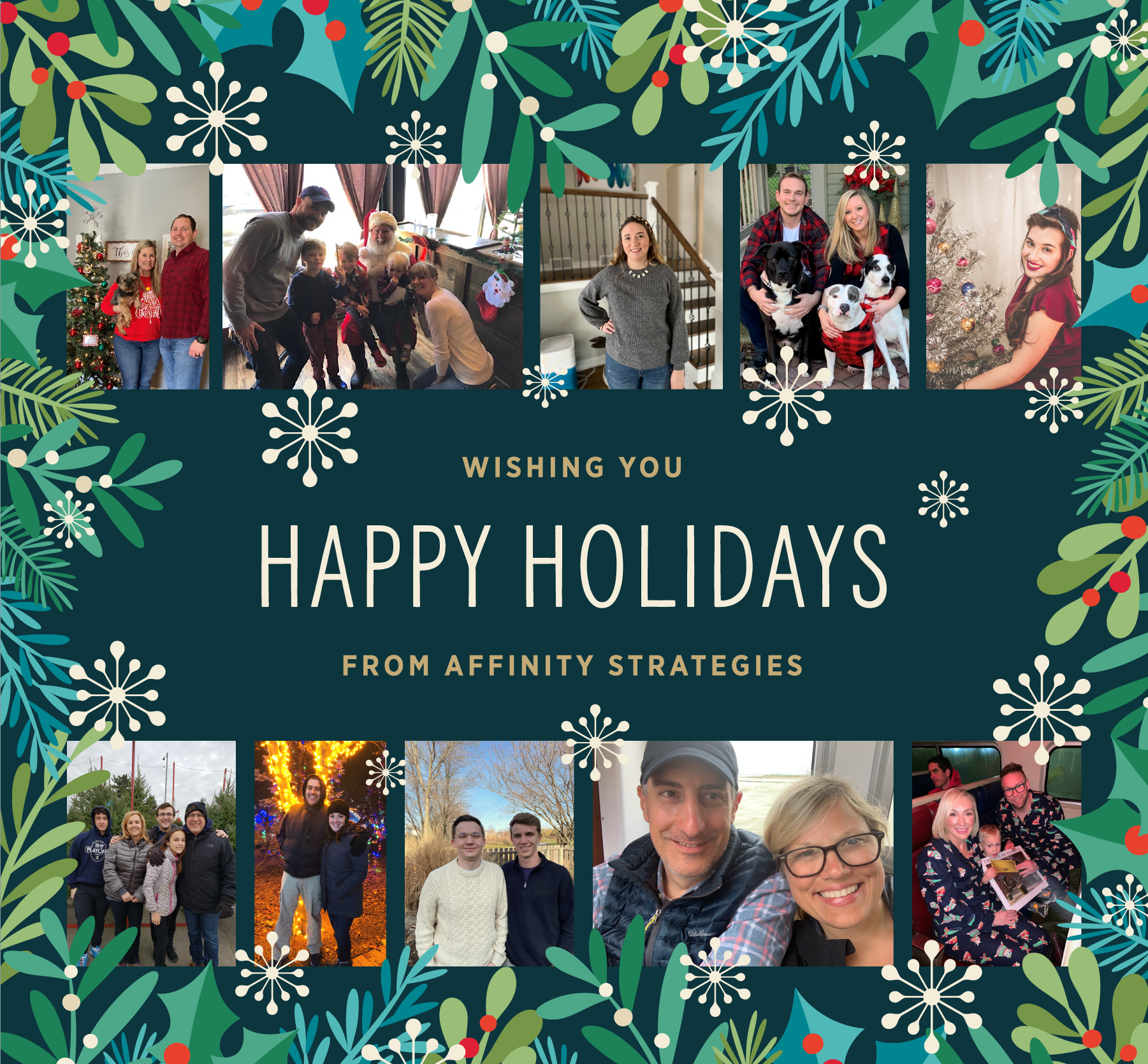

Are you struggling with how to price your upcoming virtual event? If so, then this post is for you.
With the new model of virtual events, many organizations are struggling with how to price their virtual events in comparison to their in-person events. You might be pondering which value propositions will remain same, which will be different, and most importantly, how will your attendee’s perception of pricing impact their willingness to purchase attendance at your virtual events.
This is where price anchoring comes in. Price anchoring is the psychology that when we are comfortable with a product or service, and the price that it is at, we will compare new offerings against that original product or service and compare the additional value (or lower value!) to determine if the price of your new offer makes sense.
With this knowledge in hand, how do you determine communicating your virtual event price with price anchoring? Here are five steps:
- First, meet as an internal team. With a whiteboard, determine what is the same across your in-person event and your new virtual event. Document each component that you can find. This will be easy, low-hanging fruit for marketing to create familiarity with your new event.
- Second, continue your internal team conversation to determine what is different. What does your in-person event offer that your virtual does not? What does your virtual event offer that your in-person did not?
- Third, measure those differences to determine what is lacking in the virtual event versus what is added in the virtual event. The differences that exist based on Steps 1 and 2 are what your attendees will perceive as the value differentiation for any price changes. If there are more things being taken away than added to the virtual environment from Step 2, you will not have the value to raise or maintain your current pricing. If you are adding more value, you can easily keep your same price or even raise your attendee price. It will be your job to influence how they view the differences and the value they will gather from this event. Bonus: you can also add in market research here by speaking with your Board, key members, or surveying a sect of individuals who are great advocates for your organization. That feedback of perception will confirm if your internal thoughts of value are accurate, and to what degree.
- Fourth, you are going to price accordingly. If your virtual event has less overall value than your in-person event, it will be time to drop the price accordingly. If the value is different but about the same, then you can keep the price the same or slightly lower it as a ‘give’ to your members to serve your mission. If you have added a ton of new value that more than compensates for what is lacking from your in-person events, then you can justify raising the price for your virtual event.
- Finally, your fifth step will be to use value-based marketing. The best way to do that is to compare and contrast your in-person event versus your virtual event on your marketing collateral and digital sales pages. Be clear in laying out the case for those who are looking to attend your event and proactively address that you’re aware of the differences of the new benefits and features of the virtual event and how that impacted pricing.
What might this look like in practice? One association that I recently worked with began Steps 1-2 as a Venn diagram. In the middle, we put what we found to be the same between in-person and virtual events for this organization. Some of these findings included training and development, networking, and credits for certification. Next, we moved to what was different. For in-person, they lost the community they had carefully crafted for in-person loyalty. That impacted deeper connections and the ability to really search for next jobs. When we moved to virtual, we found way more things added for our attendees – attendees had access to more sessions, plus on-demand recordings with a 1 year portal to access anything they missed, effectively raising their training and development consumption by 250%.
This equipped the association with clear communication for marketing and sales collateral and make the case that acknowledged what was different, but also what was new and better for the virtual event from an attendee perspective. This allowed attendees to see what they normally paid for conference (their price anchor) and knowing what that experience was like, then quickly see what was the same and different to justify any price difference. This led to minimal questions of why the price was the same for this virtual event as in-person events.
Of course, we know the costs to run the event were much lower, and with attendance being nearly the same as in-person, this led to higher profits from attendee revenue than normal. This matters right now when so many organizations are tapping into reserves to keep their mission and staff going forward.
How will you use the psychology of price anchoring when you promote future virtual offerings against what your attendees are used to in-person?
Dr. Michael Tatonetti is a Certified Association Executive and Certified Pricing Professional on a mission to advance associations in their pricing models for financial sustainability. As a Trainer and Strategic Consultant, he works with organizations to harmonize pricing and value across membership, education, sponsorship, and events. He is also an Association Executive with Professional Pricing Society overseeing education, certification, and strategy for marketing, membership, and sponsorship. Dr. Michael creates new content every week on pricing for associations at www.michaeltatonetti.com.


